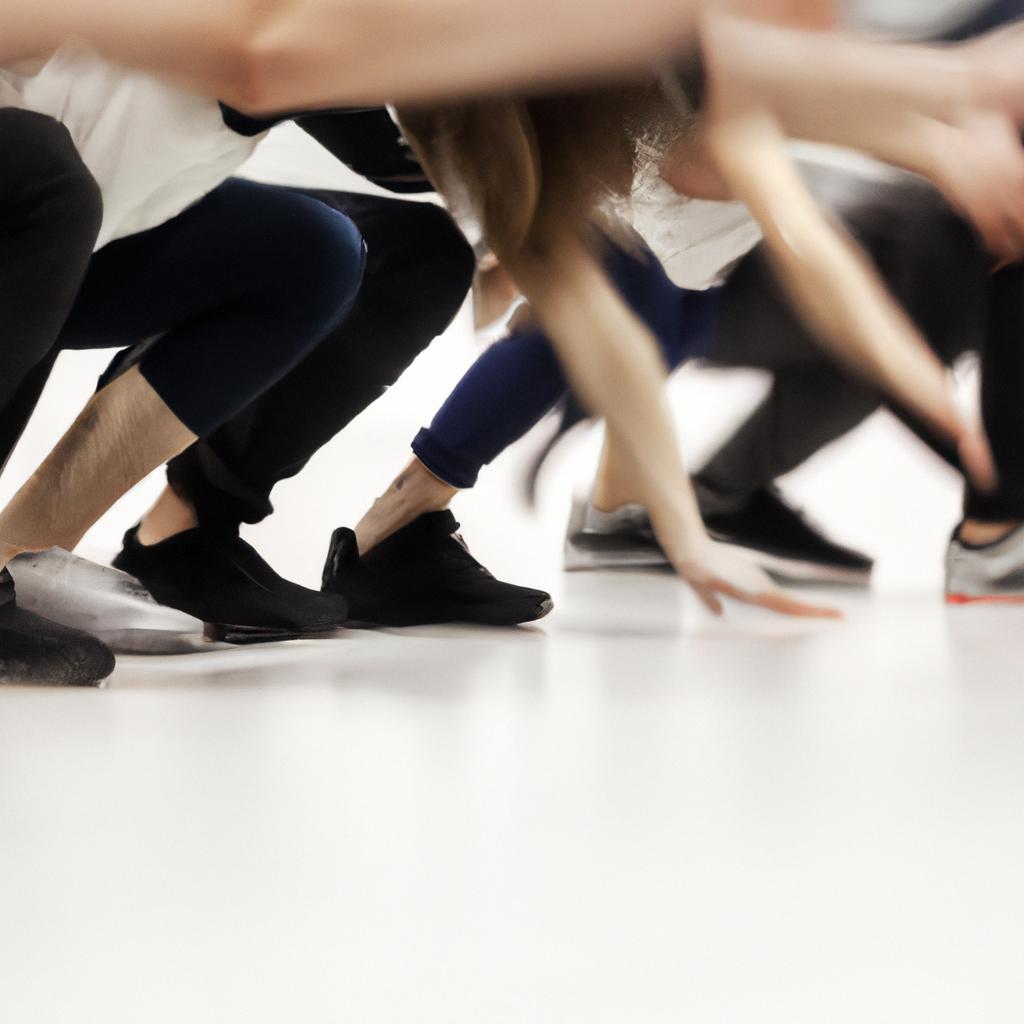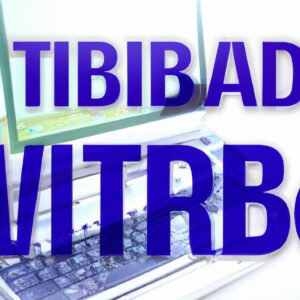Unlocking Connection: Nonverbal Cues in Training
The Role of Nonverbal Communication in Group Training Sessions: Enhancing Interaction and Participation
Nonverbal communication plays a crucial role in group training sessions. It includes body language, facial expressions, gestures, and eye contact. These cues convey messages beyond spoken words. Trainers can create engaging experiences by understanding and using nonverbal communication effectively.
Understanding Nonverbal Communication
Research shows nonverbal communication accounts for over 90% of communication effectiveness. Body language often conveys more than spoken words. Trainers must recognize and interpret these cues to assess participants’ engagement and interest.
The Power of Body Language
Body language encompasses posture, movements, and gestures. An open posture invites discussion and signals receptiveness. Conversely, crossed arms can indicate defensiveness or disinterest. Trainers should model positive body language to set a welcoming tone. This encourages participants to mirror these behaviors.
Facial Expressions Matter
Facial expressions convey powerful emotions. A genuine smile fosters warmth, while a frown may discourage participation. Trainers can use facial expressions to reinforce their messages and enhance engagement. Enthusiastic expressions often encourage participants to engage more. Trainers must monitor their facial expressions to maintain an inviting atmosphere.
Eye Contact Builds Connection
Eye contact is essential for effective communication. It builds rapport and trust between trainers and participants. Maintaining appropriate eye contact shows trainers value participants’ input. This connection fosters comfort and encourages sharing. Trainers should balance eye contact intensity to avoid intimidation.
Tips for Enhancing Nonverbal Communication in Training
Trainers can implement several strategies to enhance nonverbal communication. These tips create an engaging learning environment that promotes interaction and participation.
1. **Be Aware of Your Body Language**
Trainers should stay conscious of their body language. Standing tall, using open gestures, and moving around the room encourages participation. Avoid closed-off postures to promote interaction and show interest.
Conclusion
In conclusion, effective nonverbal communication enhances interaction and participation in training sessions. Trainers can create engaging environments by being mindful of their cues.
Below are related products based on this post:
FAQ
What percentage of communication effectiveness is attributed to nonverbal communication?
Research shows that nonverbal communication accounts for over 90% of communication effectiveness, indicating its significant role in conveying messages beyond spoken words.
How can trainers use body language to foster participation?
Trainers can foster participation by modeling positive body language, such as using an open posture and encouraging gestures. This creates a welcoming atmosphere that invites discussion and engagement from participants.
Why is eye contact important in group training sessions?
Eye contact is essential for building rapport and trust between trainers and participants. It shows that trainers value participants’ input, fostering comfort and encouraging sharing during the training session.















Post Comment